All products featured are independently chosen by us. However, SoundGuys may receive a commission on orders placed through its retail links. See our ethics statement.
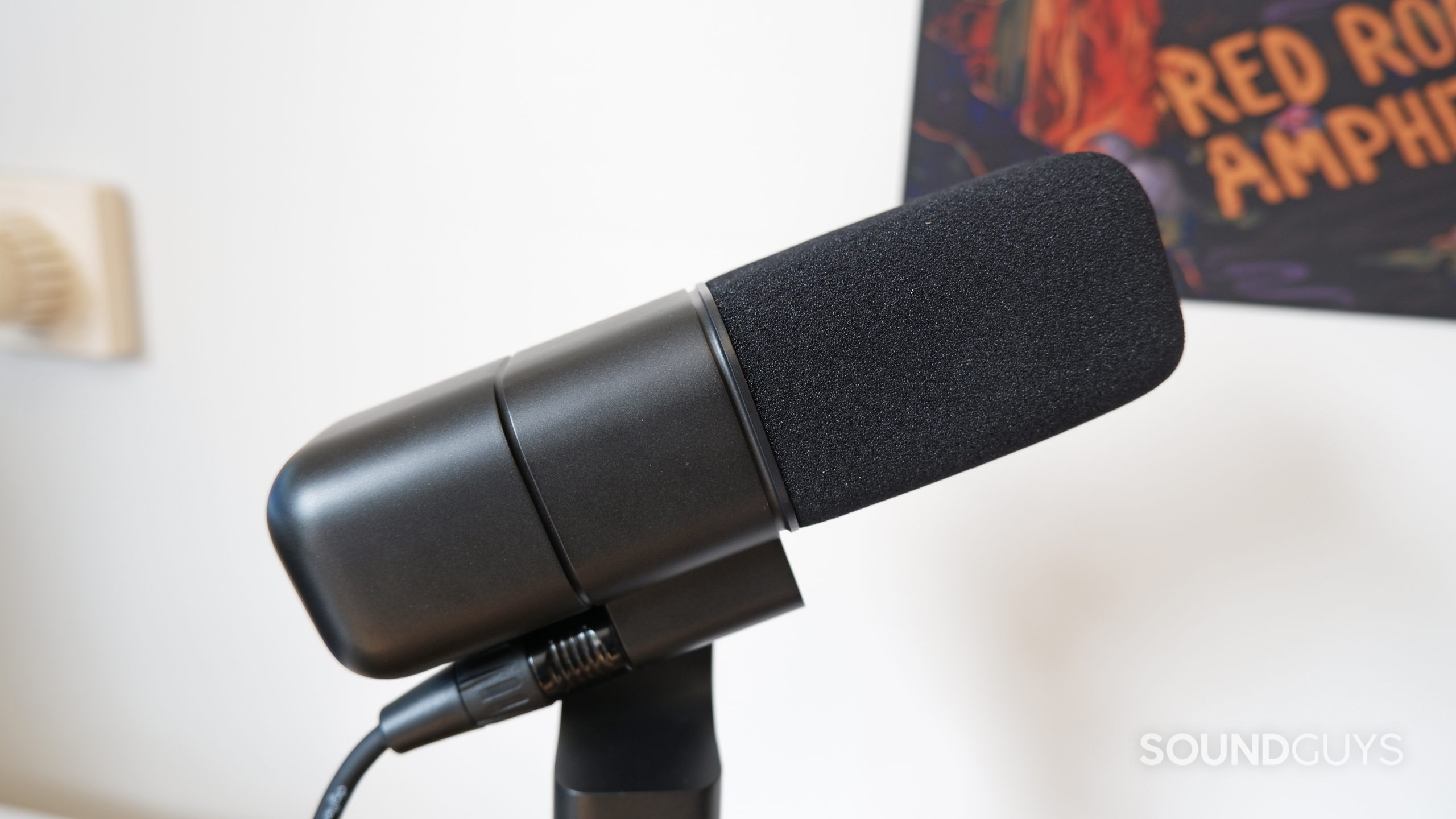
Logitech Blue Sona review
Published onOctober 5, 2022
Logitech Blue Sona
The production and consumption of podcasts and audio media at large continue to rise in popularity, opening the door for companies to release better, more interesting microphones for creators. Logitech’s Blue Sona is one of the newest XLR mics for streamers and podcasters that’s easy to use and packed with features. With masses of streaming mics available for the same price, can the Sona stand out and be the microphone for your setup?
We spent a week with the Logitech Blue Sona to see what it’s really all about.
Editor’s note: this review was published on October 5 2022, and is the first version of the article. Updates will follow as the market changes.
Streamers, podcasters, musicians, and YouTubers will all enjoy the Logitech Blue Sona for its ease of use and quality audio. It’s a bit overkill for just video calls, but your voice will be as clear as ever on a Zoom call with this mic.
What’s it like to use the Logitech Blue Sona?
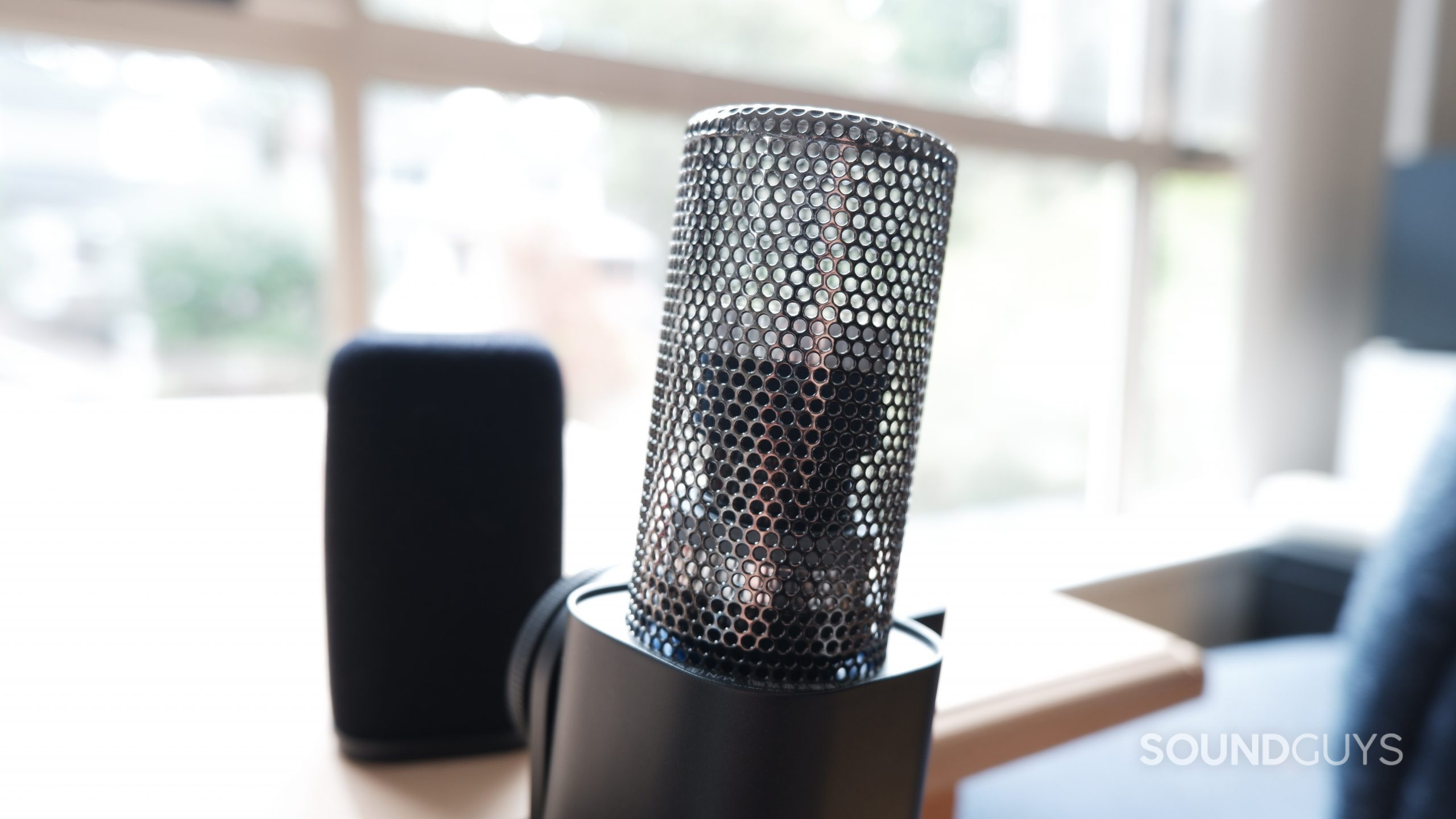
The Logitech Blue Sona is an XLR microphone, so you’ll need an audio interface to use it. Logitech provides a black windscreen preinstalled on the mic, as well as a mount adapter for 5/8-inch mounts. You also get a spare red windscreen that you can swap out to show off the mic a bit more. There’s no XLR cable included, so you’ll have to buy that, plus a boom arm for the microphone.
The microphone is easy to set up. You just need to mount the microphone, plug the XLR cable into the mic and into your audio interface, ensure your audio interface is plugged into your computer or recording device, and you’re good to start using it. If you want to record audio to your computer, you’ll need to use a digital audio workstation (DAW), such as Reaper, Audacity, or Garageband.
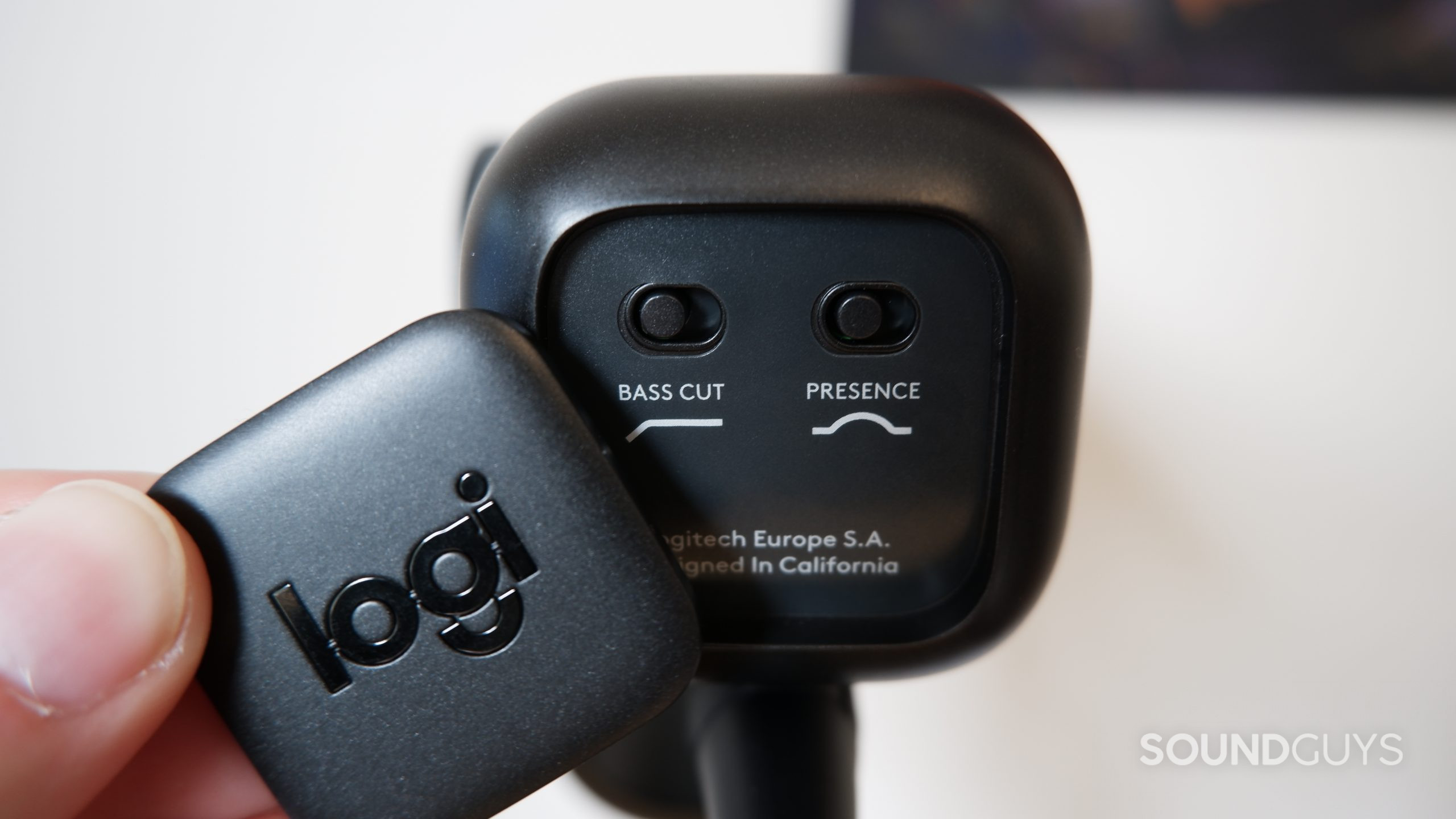
Thanks to the in-built “ClearAmp” signal booster, the Logitech Blue Sona has a high effective sensitivity for a dynamic mic. ClearAmp applies a gain boost of 25dB, so once the signal gets to your audio interface, it doesn’t need much help from your preamp. This means most mic inputs you connect it to will have sufficient gain available to get an optimal recording level from the mic. Essentially this mic has something akin to the CL1 Cloudlifter baked into it.
You can get the Blue Sona in a black or white colorway. Both the black and white versions include identical black and red windscreens.
How do you control the Logitech Blue Sona?
The Logitech Blue Sona only has two controls on the base of the microphone beneath a magnetic plate. There is a switch for cutting bass or increasing presence to emphasize voice frequencies. Any additional signal shaping needs to be done using your audio interface, your DAW, or any other software you’re using to stream or record.
How does the Blue Sona connect?
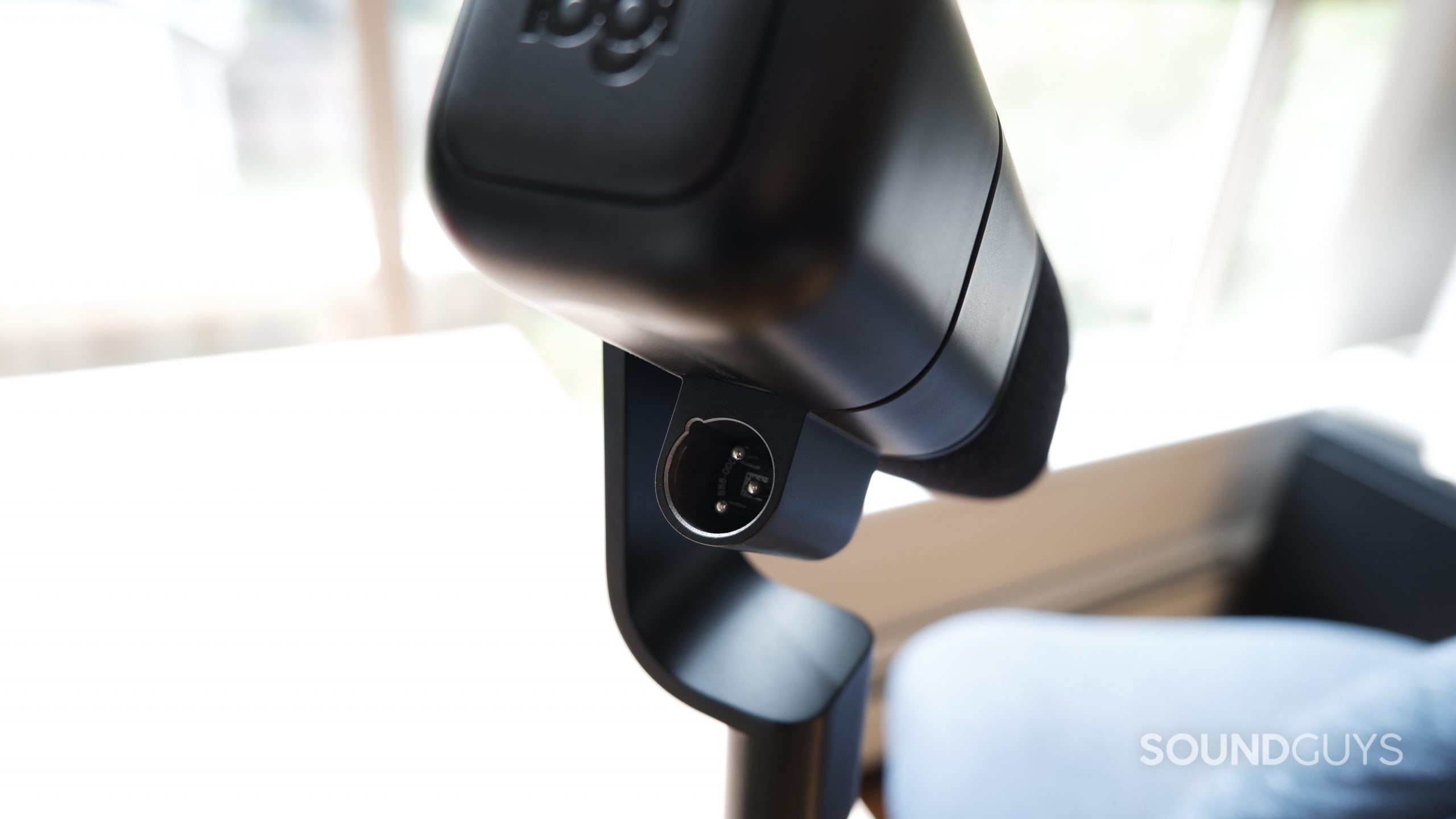
The Logitech Blue Sona connects using an XLR cable. This balanced analog connection then connects directly to an audio interface, which usually connects to your computer via USB. You’ll also want to mount the Blue Sona onto a tripod, boom arm, or stand to keep it isolated and stable. It can screw onto mounts using a 5/8-inch thread, but Logitech also throws in a 3/8-inch adapter.
The Logitech Blue Sona requires either +24V or +48V phantom power from your audio interface.
How does the Logitech Blue Sona sound?
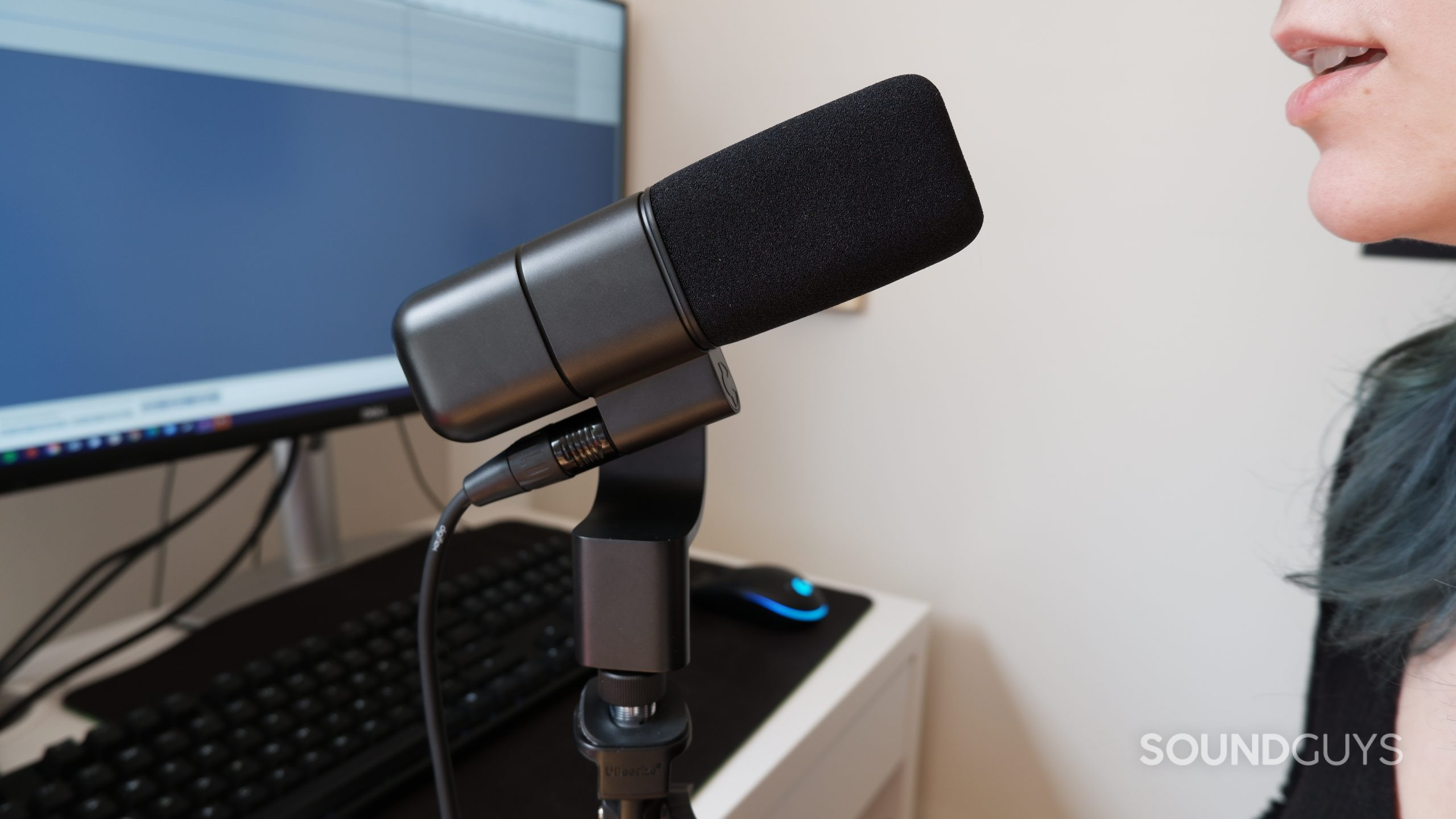
Audio recorded through the Logitech Blue Sona sounds really great. It picks up voices extremely well, and because of its supercardioid pickup pattern, it hardly picks up any background noise. In fact, I used the Sona to record a podcast episode with friends, and nobody could hear that I had a fan running in the background—it was even pointed directly at me.
The Blue Sona also picks up instruments quite well. Just make sure you only use the mic to record a single instrument or voice at a time, since the pickup pattern only allows pick up from a single direction. Try to maintain about a six-inch (15cm) distance from the microphone for clear vocal capture. If you’re too close, your voice might sound strange or “blow out” due to the proximity effect.
The two switches on the base of the microphone immediately affect how your recording sounds. One switch increases “presence,” boosting some of the high frequencies to make the higher tones of your voice sound more prominent. The other switch cuts bass, which both reduces bass frequencies in the voice and cuts rumbles and low-frequency noise from your environment. I notice a bit of a difference with both switches. Notably, the “bass cut” switch makes my voice sound a bit quieter, and obviously cuts some of the lower frequencies of my voice. Listen to the samples below to hear for yourself.
Logitech Blue Sona microphone demo (voice, no switches engaged):
Logitech Blue Sona microphone demo (voice, bass cut):
Logitech Blue Sona microphone demo (voice, presence):
Playing acoustic guitar into the microphone also showcases the effect of the switches. Without “presence” or “bass cut” on, lots of low boomy noises from handpicking acoustic guitar come through. With the “presence” switch enabled, higher frequencies from the strings become more noticeable while the low frequencies are still very loud. With “bass cut” on, the lower noises created by the lower strings on the guitar are a bit quieter.
Logitech Blue Sona microphone demo (acoustic guitar, no switches engaged):
Logitech Blue Sona microphone demo (acoustic guitar, bass cut):
Logitech Blue Sona microphone demo (acoustic guitar, presence):
How does the microphone sound to you?
Should you buy the Logitech Blue Sona?
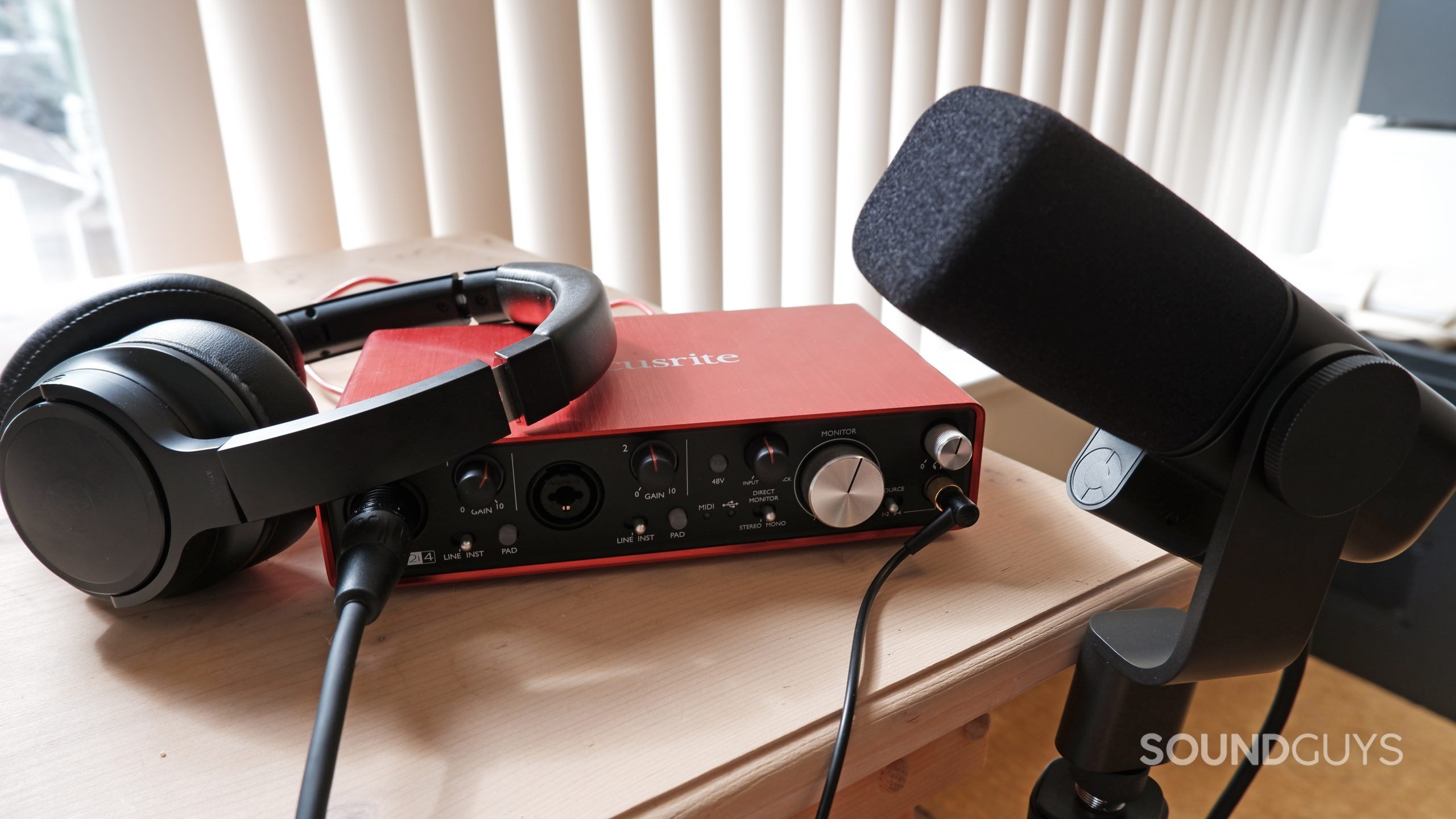
Anyone with some money to spend on an XLR mic for streaming or podcasting should consider the Logitech Blue Sona. The microphone does a fantastic job of recording voices, and it also does a good job recording instruments. With the “bass cut” and “presence” switches, you get more control over how your recorded audio sounds. Meanwhile, ClearAmp provides an extra gain stage, making it convenient and easy to integrate into your existing setup. There are a lot of XLR mics in this price range, and the Sona does its job very well with some nice features.

What should you get instead of the Blue Sona?
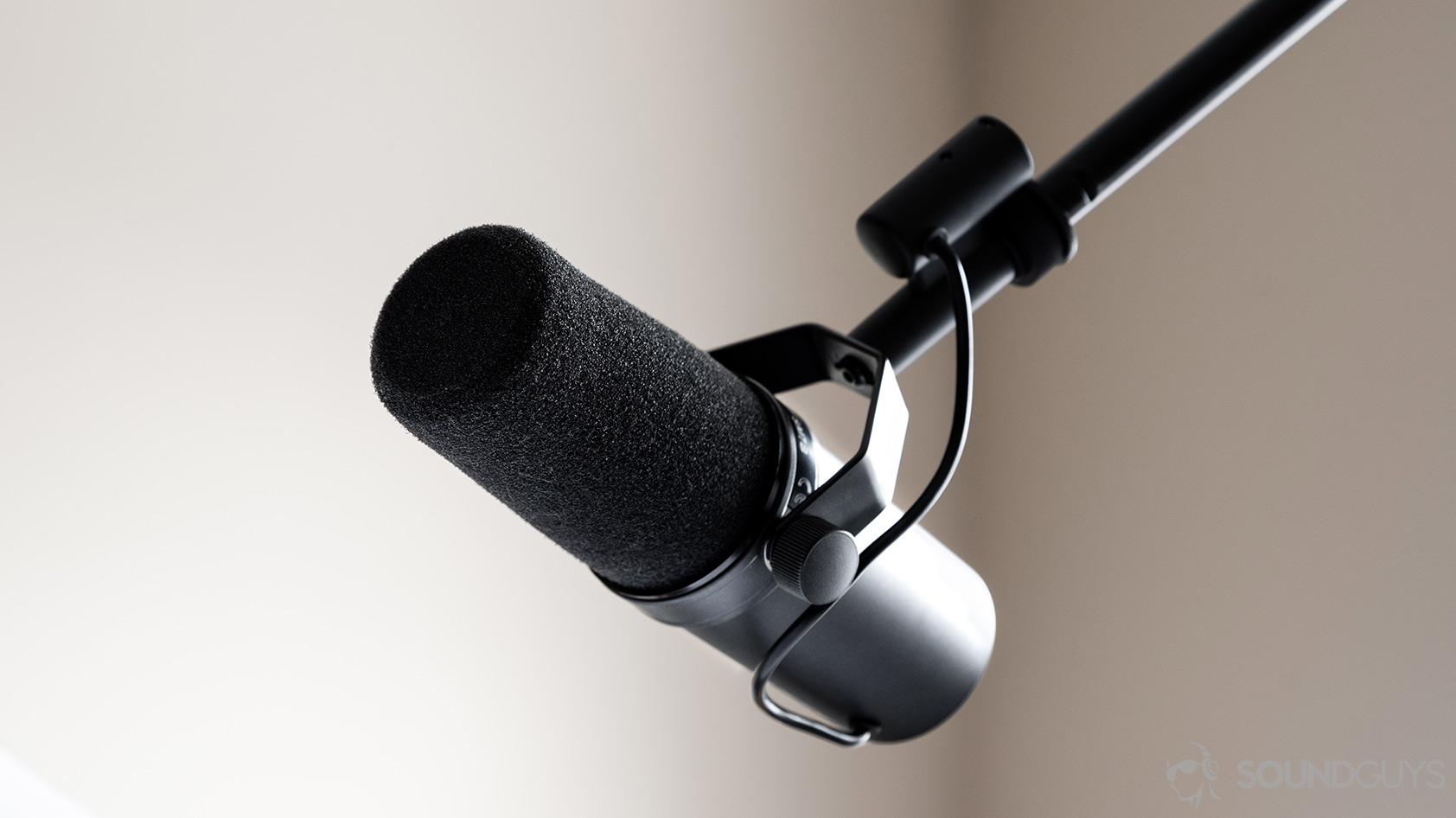
If you want a tried and true XLR mic for recording and streaming, the Shure SM7B is just that. It’s the quintessential mic for the same applications as the Logitech Blue Sona, with excellent sound and built quality, and off-axis and internal noise rejection as well. You also get onboard switches on the back of the mic, similar to the Sona. You can’t go wrong with the SM7B, and it’s only a little bit more expensive than the Blue Sona at $399 USD.
A more affordable option is the Shure MV7X, which is $179 USD and connects over XLR just like the Blue Sona and SM7B. It doesn’t have any fancy switches or features, it’s just a great mic that does its job as a microphone extremely well. If you want USB connectivity too, the Shure MV7 has both XLR and USB connectivity, as well as support for the ShurePlus MOTIV app for making the most of the mic when using it over USB. It’s pricier than the MV7X at $249 USD, but it’s a great microphone, and with so many features, it’s hard not to love it.
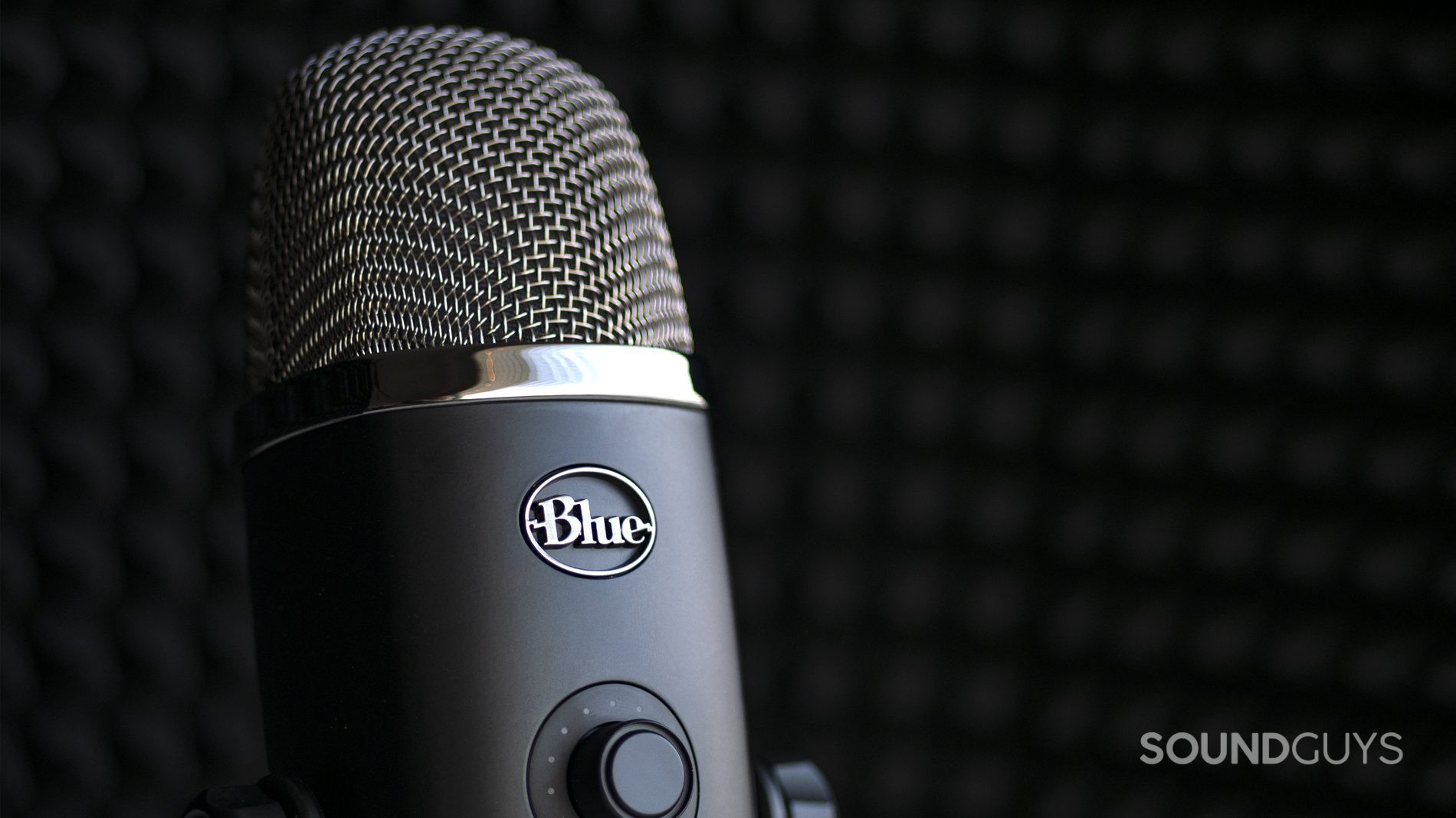
If you want just a USB microphone for podcasting or streaming, the Blue Yeti X has multiple pickup patterns and sounds clear. It’s a great entry-level option for streamers and podcasters at only $139 USD. An even more affordable option is the Blue Yeti Nano. The Nano only has only two pickup patterns instead, but still performs really well as an entry-level mic for recording and streaming. At just $99 USD, the Yeti Nano is a real bargain.
A much more affordable new XLR mic is the Elgato Wave DX, which is only $99 USD for just the microphone. You can also get it bundled with an audio interface ($159 USD), microphone arm ($99 USD), and XLR cable ($19 USD), which all comes out to just about $30 USD more than the Logitech Blue Sona alone. The microphone sounds great and is simple to use, so this is a great value pick for any aspiring podcasters or streamers, and the bundle is worth it for anyone that doesn’t already own an audio interface.
Frequently asked questions about the Logitech Blue Sona
Generally, the preamp in an audio interface will be better than the one built into a USB mic, but that’s not always the case. USB mics can provide great quality, and if you want to read more, check out our best USB microphones article.
Yes, you can plug multiple XLR microphones into the same audio interface as long as the audio interface has multiple XLR mic inputs.